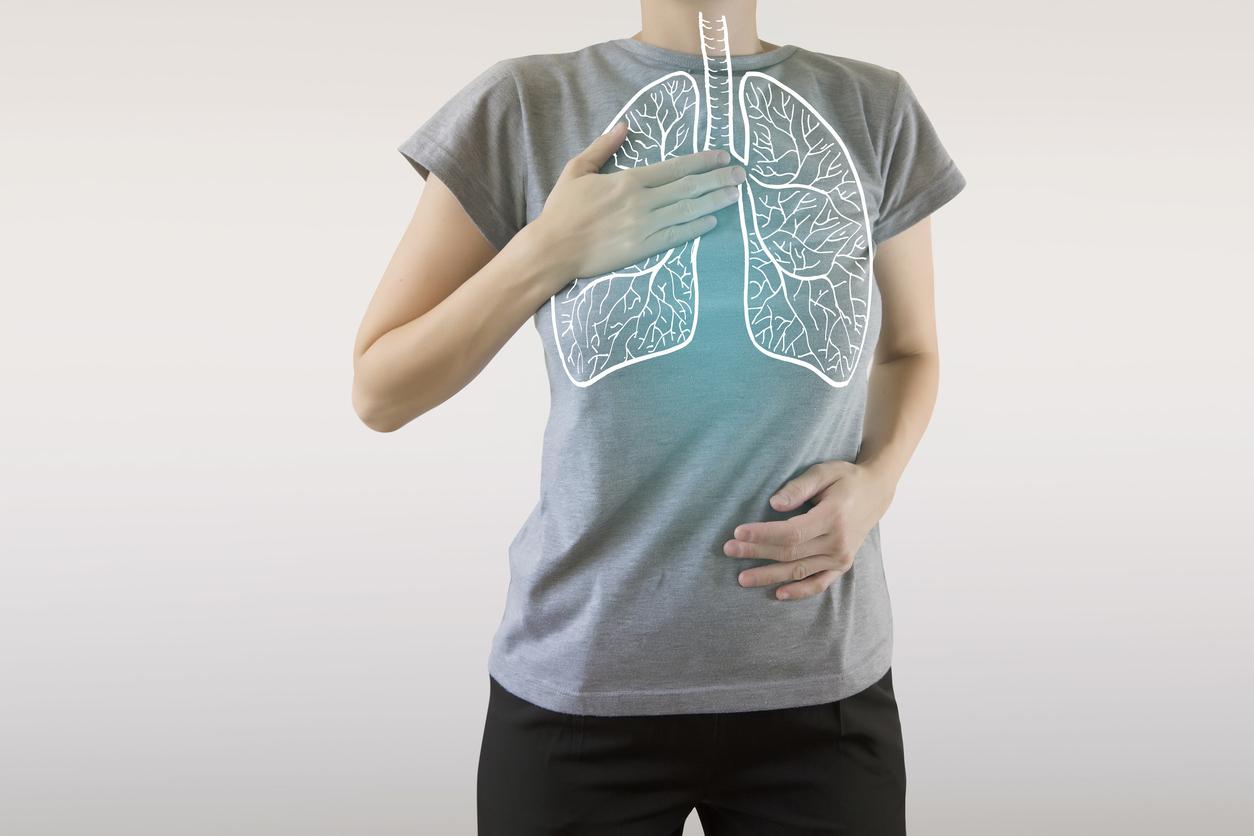
Air quality has improved over the past 10 years in Europe. However, many Europeans still die prematurely from pollution, according to a report by the European Environment Agency.
A breath of fresh air over Europe
While air pollution is the main environmental threat to human health, Europe’s air quality is said to be healthier than 10 years ago, according to the European Environment Agency report (AEE) released on Monday. The number of deaths due to the main pollutants fell between 2009 and 2018.
With regard to fine particles PM 2.5 (particles suspended in the air with a diameter of less than 2.5 micrometers), the number of deaths increased from 417,000 in 2009 to 379,000 in 2018. For the Nitrogen dioxide (NO2), mainly produced by vehicles and thermal power stations, premature deaths fell from 117,000 to 54,000, a decrease of 54% in 10 years. Emissions of major air pollutants such as nitrogen oxides (NOx) have also decreased since the early 2000s. Only increase, ozone particles (O3) caused 19,400 premature deaths in 2018, with an increase of 24% since 2009.
A change due to political decisions
The pact ” Green Deal “Has therefore paid off but the consequences are still very important:” Improving air quality through climate and environmental policies is good news, but all good news has its downside and it cannot be ignored that the number of premature deaths is still far too high. »Said Virginijus Sinkevicius, European Commissioner for the Environment.
Urban inhabitants were still 34% in 2018 to breathe ozone particles higher than European standards. They are also less strict than those of the World Health Organization. If the two standards were similar, 99% of Europeans breathed ozone particles higher than the recommendations. Virginijus Sinkevicius promises that Brussels will toughen its standards in the coming years. In 2018, there were still 6 Member States that exceeded the EU limit value for fine particles. Italy was penalized because of a high industrial concentration in the north of the country, while 5 countries of central and eastern Europe (Bulgaria, Croatia, Czech Republic, Poland, Romania) use too much coal.
During the spring confinement, the slowdown in transport has reduced nitrogen dioxide emissions, up to -60% in April 2020 compared to April 2019 in cities such as Madrid, Barcelona and Milan. The drop would also have reached 30% in Paris and 49% in Marseille.















